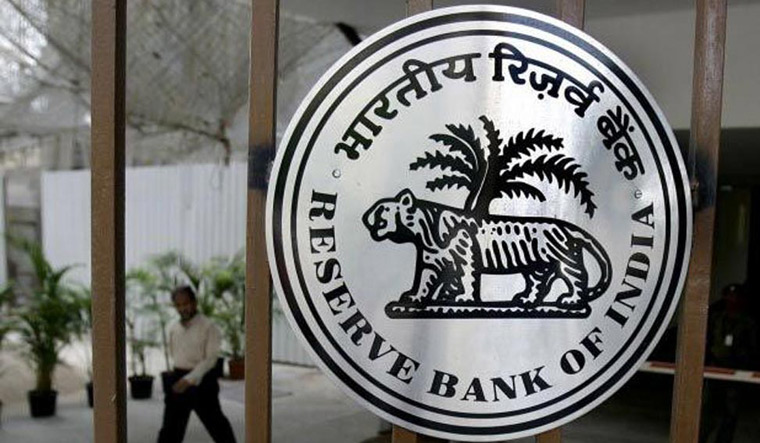When Shaktikanta Das took over as the Governor of the Reserve Bank of India in December 2018, signs of an economic slowdown were already visible. Through 2019, the economy continued to slow, with the GDP growth coming in at just 4.5 per cent in the September quarter. Under Das, the central bank has tried to lift the economy by multiple repo rate cuts. However, in recent months as the inflation rate has spiraled out of the comfort zone, it has been put in a fix to cut rates or focus on inflation taming.
The monetary policy committee in its meeting in December chose to keep its benchmark repo rate on hold and this time it is likely to continue that strategy of holding interest rates even as its stance likely remains accommodative.
Soaring prices of vegetables drove India's retail inflation rate to 7.35 per cent in December, which is well above the central bank's targeted 4 per cent, within a range of plus or minus 2 per cent. Even as the vegetable prices are set to cool off as new winter crop arrives in the market, the RBI is likely to wait and watch. The higher government fiscal deficit (raised to 3.8 per cent from 3.3 per cent in the budget) and the off-budget liabilities may also warrant a more cautious stance from RBI.
"The MPC, no doubt, faces a serious dilemma with its commitment to control inflation and manage growth. The slump in real GDP growth warrants accommodative monetary policy actions and stance, whereas the upturn in headline inflation for the fifth consecutive month calls for a cautious response, or at least to maintain a status quo at this juncture," said M. Govinda Rao, chief economic advisor at Brickwork Ratings.
Transmission of past interest rate cuts also remains an issue. Das has on several occasions had raised concerns over the limited transmission of interest rate cuts by banks.
Between February to October 2019, the RBI MPC reduced the repo rate by 135 basis points. However, the weighted average lending rate (WALR) on fresh loans of state-owned banks has come down only 47 bps, while WALR on outstanding loans of banks hasn't come down at all, the Economic Survey pointed out.
"Inflation is likely to trend at a level higher than RBI’s 4 per cent target this quarter. Against this backdrop, the RBI is likely to maintain status quo on rates as well as its monetary policy stance," said Shanti Ekambaram, president - consumer banking at Kotak Mahindra Bank.
However, with the government not announcing any major stimulus to kickstart the economy in the Union Budget on February 1, the chorus for a monetary stimulus may grow.
"Given the fact that the Union budget did not provide significant counter-cyclical stimulus to boost consumption and is unlikely to be inflationary, the case for further monetary policy accommodation has become even stronger, " said Abheek Barua, economist at HDFC Bank.
The economy, meanwhile, is expected to slowly recover over the next few quarters and recent macro indicators may give central bank some hope.
India's industrial production rebound in November, growing 1.8 per cent, after contracting 3.8 per cent in October. Furthermore, the country's manufacturing PMI (purchasing managers index) as well as services PMI for January hit multi-year highs, as per latest data.
"Recent high frequency indicators show some green shoots. However, need to see how the growth trajectory pans out," said Ekambaram.
She expects the current financial year to end with a GDP growth of 4.8 - 5.0 per cent and then pick up to 5.5 - 6.0 per cent in FY21.
While HDFC Bank's Barua is also expecting the MPC to hold interest rates on Thursday, he sees RBI cutting rates by the middle of the year with inflation moderating.
"The RBI might look through the volatility in inflation and lay emphasis on the wide output gap, delivering a cut perhaps as soon as June 2020," he said.
For now the central bank may look to ensure ample liquidity in the system and take measures for faster transmission of earlier rate cuts.



